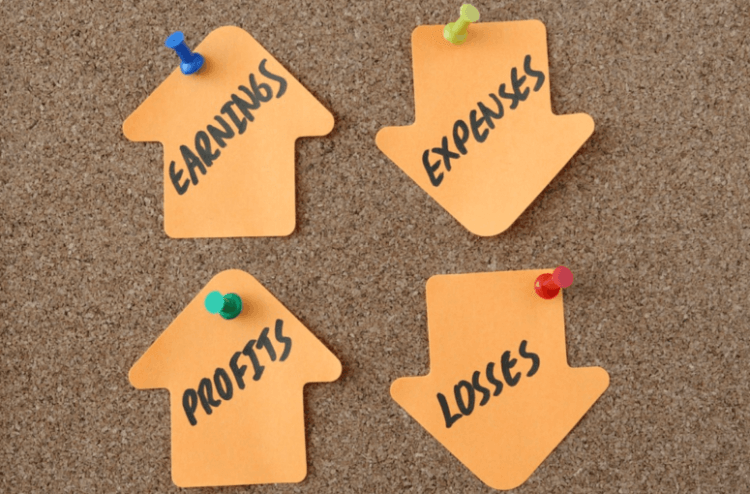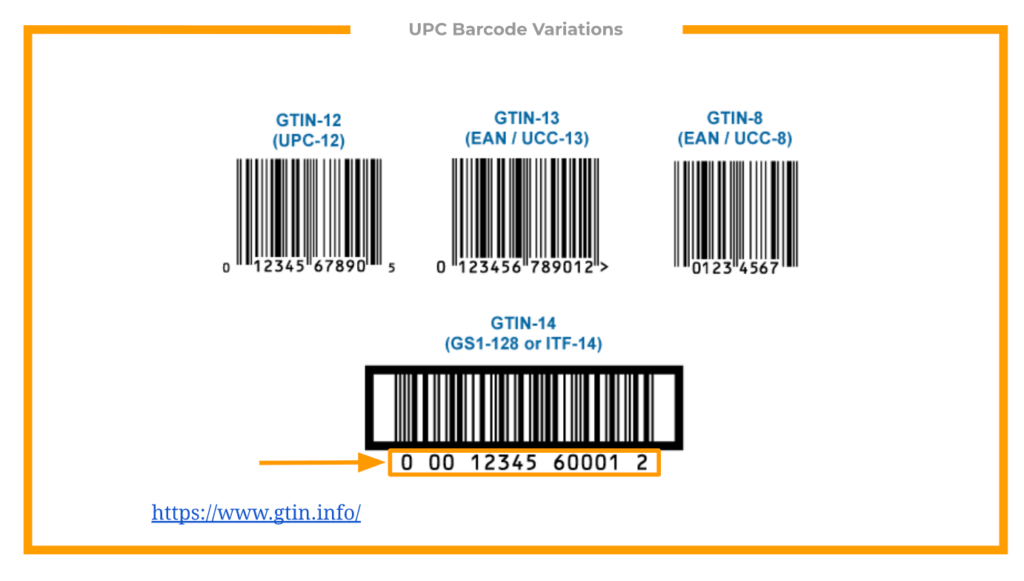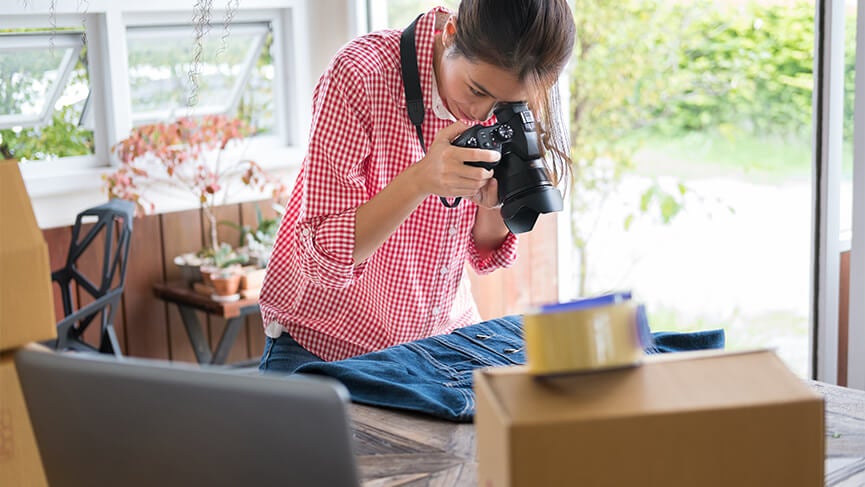Everyone wants to know: how much does it cost to sell on Amazon?
There are countless ways to start your Amazon FBA business, each one with its own operational costs. Therefore, it would be impossible to calculate a startup budget to satisfy everyone!
But, by choosing a middle-of-the-road scenario to layout the associated costs for you, this blog will help estimate and set a budget to kick-start your business.
These are the guidelines for our budget:
- We are based in the US and will sell on amazon.com.
- The retail cost of the product (i.e. the amount that we will sell it for on Amazon) will be $25.
- The landed cost of our item is $6, and includes manufacturing, packaging, and shipping to Amazon.
- The product will be standard size.
- The product will be light enough to ship by air.
- Our starting purchase order will be 500 units.
- We will budget for one month of promotions/PPC campaigns.
- We will be selling a private label product, using the FBA (fulfillment by Amazon) model.
Previously, we recommended a $4 landing cost for a product retailing at $20. However, we increased those parameters to keep up with the competition.
The landed cost will include any special packaging, stickering, and even logo embossing/etching on your product to make it unique. You’ll need to negotiate all of this with your supplier, though.
And please keep in mind, as you add more features, the cost to manufacture your product will also rise.
So let’s move forward and add up the startup costs to sell on Amazon!
*Editor’s Note: Amazon fees and associated costs are always subject to change.
Take our budget recommendations with a grain of salt and always be prepared for modifications!
Research software
At Jungle Scout, we never recommend choosing a product blindly. That’s why we created our research tools: to assist you with the research process.
Based on the criteria outlined above, Jungle Scout’s Product Database will allow you to filter and create a list of potential product ideas. Then, you can add those items to the Product Tracker to monitor their sales over time.
After two to four weeks of tracking the products’ real sales data, you should be able to determine which product you want to move forward with and sell on Amazon.
By using top-notch tools to assist with product research, you’ll save so much time and money.
We’re adding the cost of one month of the Jungle Scout and Extension bundle into our startup budget, for the best results.
Total: $69
Running total: $69
Amazon seller account
In order to sell on Amazon, you’ll need to set up a seller account on Amazon Seller Central.
And you have two plans to choose from:
- Individual Selling Plan: there is no monthly subscription fee, but you will have to pay a $0.99 USD fee for each item sold.
- Professional Selling Plan: there is a $39.99 USD monthly subscription fee, but you won’t have to pay a fee per item sold.
Since most sellers fully intend to sell more than 40 items per month, the professional plan is the most cost-effective choice, which is why we’ve included it in our budget.
Total: $40
Running total: $109
UPC codes
Every product you sell on Amazon needs to have its own authentic UPC barcode.
There isn’t any way around this!
In the past, sellers could get away with buying a used barcode for cheap, and from various third-party vendors. Now, there are too many Amazon policies warning against this method for us to recommend going that route.
For that reason, you’ll need to purchase brand new barcodes through a legitimate channel.
Global Standard 1 (GS1) is the standard go-to, and is our recommendation when choosing where to purchase a GTIN.
By registering barcodes with GS1, you’ll receive a unique company prefix for your barcodes (a company prefix is the first six to nine digits in a barcode).
They will be stored in the GS1 database as your unique codes, which will allow Amazon to verify them.
There is an initial $250 fee, which will buy you 10 barcodes, and a $50 annual fee thereafter to maintain them.
This is the minimum purchase amount, so even if you only need one barcode, you’ll own 10 to use in the future.
What are the risks of reusing a barcode? Reusing barcodes–because they could still be assigned to a different product, category, or license–is too risky. GS1 forbids anyone from using the company prefix of another company, so if it can’t be verified within the GS1 system, you will run into issues with Amazon.
Total: $250
Running total: $359
Registered Trademark (optional)
Applying for a registered trademark is a lengthy and costly process. It’s also a topic of debate for most sellers.
We could argue both for and against it ourselves!
The fact is, you can easily start selling your private label product on Amazon without a registered trademark. And it makes sense when you’re starting out and testing the waters to see if your product will even be successful.
That’s why we’re considering this cost to be optional.
But, if you have the time and money to file a trademark application, you’ll need to set aside roughly $900.
It costs approximately $275 per class of goods (this is the product category for your trademark), plus a minimum of $600 for a licensed trademark attorney to legally file the trademark.
*Note: There are services that claim to offer trademark registrations for a couple hundred bucks, but we cannot validate their legitimacy.
It usually takes a minimum of one year to successfully register a trademark, so you’ll need to be patient if you go this route!
However, once you’ve secured it, you’ll be able to apply for Amazon Brand Registry; protecting your listing against hijackers, and easily filing any issues or infringement claims with a dedicated customer service team.
Total: $900 (not added to running total)
Product samples
In our experience, especially with the products we’ve launched via the Million Dollar Case Study, you should prepare to pay for three separate samples, from three separate suppliers.
Generally, the cost of a product sample averages $100/each, including shipping. So, for three samples, at $100 apiece, expect to pay around $300.
*Note: If the samples you receive aren’t up to snuff, you’ll need to either go back to the drawing board with the original suppliers you contacted, or find new ones. To account for this possibility, you may want to increase this part of your budget to $500. It’s completely up to you though!
Total: $300
Running total: $659
Product inventory
As you’re researching suppliers and comparing quotes, you should have a starter quantity in mind.
Some sellers believe a smaller test sample is less risky, and will start with 100-250 units. And though this approach does save money upfront, it could land you in hot water if the product takes off and sells quickly.
For this budget breakdown, we’re going to take a bit of risk and order 500 units, which is a common minimum order quantity (MOQ) for many suppliers.
Plus, 500 units is a reasonable amount to order, particularly if you’re planning on offering giveaways and discounts when you first launch your product.
Remember, our goal is a $6 landed product, so the calculation of this cost is: 500 units x $6 = $3,000
*Note: If the idea of purchasing and maintaining inventory is intimidating to you, dropshipping can be a good way to get started selling on Amazon.
Total: $3,000
Running total: $3,659
Inspection services (optional)
Before your product leaves the factory, we strongly recommend having the final product inspected. This way you’ll have the quality assurance you need to be confident your product is defect-free.
There are two options when it comes cost-effective inspections:
- Hire an inspection service. This will cost you around $300, regardless of the size of your order. But, the larger your order, the less this cost will eat into your revenue. If you’re only spending $3,000 on your first order though, you might want to go with option two.
- Ask your supplier to do a self-inspection and send you the report. You can also ask them to ship you a finished sample (around the cost of a regular sample; $100). And if you want to examine the finished products yourself, before they’re sent to Amazon, this can be negotiated and added to your supplier contract. Just be sure to factor that extra time into your shipment timeline.
And while paying for an inspection service is the more expensive choice, we recommend the first option as it tends to be a more thorough process.
Inspectors will check the product size and dimensions, make sure it functions, verify the correct logo and barcode, approve the packaging you requested, and note any defects or damages.
In addition, by catching quality issues early on, you won’t have to deal with defects and refunds once your product lands in the Amazon warehouse.
*Note: When you’re communicating with your supplier contact during the manufacturing process, you can request that they send you a few photos of your product. It isn’t a perfect system for quality assurance, but it will help you keep an eye on the process.
Total: $300 (not added to running total)
Promotions
This is where budgeting gets a little tricky. Planning ahead for promotional costs is helpful, but expenses are often miscalculated.
Thankfully, Jungle Scout has a Keyword Scout feature included in its software to help you minimize those cost-estimation errors.
You can search your product’s keywords to view its search volume, and to estimate the cost-per-click if you plan to target them using a pay-per-click (PPC) campaign.
Speaking of PPC, when you create a campaign on Amazon, you can set a maximum dollar amount for total spending. You can also set a maximum daily budget, so you can stay in control of your PPC costs.
As we discussed in the Million Dollar Case Study, the first month is super important for sales and you need to be able to compete.
For the purposes of this article, we’re setting a max budget of $50/day in PPC costs for the first month. This allows for a $25 manual campaign and a $25 automatic campaign.
You won’t always spend the maximum each day though. The idea behind PPC is that, after a month, your product will be profitable enough to pay for itself.
*Note: If you want to “go big or go home”, Greg recommends spending $90/day in PPC, and adjusting your budget accordingly. Alternatively, you can lower your max spend per day, helping you to save even more.
Total: $1,500
Running total: $5,159
Product photography and copywriting (optional)
Your product listing will need to stand out from the competition. The best way to do this is to have the best product photography and listing page possible.
If you have the photography and writing skills to do this yourself, awesome! You’ll save yourself a fair amount of money.
But, if you need some assistance, you may want to consider hiring a freelance photographer or writer to help you out — check out our guide to get started.
Typically, you will need to set aside around $500 to cover these bonus costs. That being said, you can always tackle these items on your own first, to see how your product performs.
If going it alone sounds good to you, we have some DIY photography and listing optimization solutions to help you.
Amazon Imaging Services also offers a couple of simple product photos starting as low as $50. The only catch is that your product must already be listed and selling so they can pull it from the warehouse to photograph.
Total: est. $500 (not added to running total)
Freight forwarding (optional)
As stated above, we are aiming to find a product with a landing cost of $6 per unit, which includes the production, packaging, AND shipping costs.
Your supplier can generally arrange all shipping aspects through their preferred channels and will charge you one lump sum. However, there is always the option to arrange for someone other than your supplier to ship your product to Amazon.
Freight forwarders are often used when your product is oversized/heavy, and you want to ship by sea, rather than by air. And the cost of a freight forwarder will vary greatly based on your specific product dimensions.
You’ll have to factor in getting your product from the factory to the port, over to the United States, and from the landing port to the Amazon warehouses (usually multiple locations).
For a full breakdown of freight forwarding costs, we recommend checking out Flexport to find info specific to your product shipping requirements.
Preparing a second product order (optional)
Many veteran sellers advise new sellers to prepare for a successful launch. If your product starts flying off the virtual shelves, you’re going to need to restock them ASAP!
But do you need to double your budget to cover the cost of a second MOQ in order to get started? Not at all.
If you’re cautious though, and feel more comfortable with a backup plan, it doesn’t hurt to bake the cost of a second order into your budget.
One piece of advice you’ll hear from successful sellers again and again, though (and one we agree with), is to reinvest your profits to strengthen your product’s (or new products) position before you start to consider it as income.
Total: an extra $2,000 for another 500 unit order (not added to running total)
Grand Total: $5,159 to start your Amazon FBA business
FAQs
What about other Amazon FBA fees?
It’s true. There are other FBA fees you’ll have to pay, but you don’t need to add them to your startup costs. These additional fees will come into play once a product is sold, and thus taken out of your profits.
There is an Amazon referral fee and a variable closing fee to be factored into each sale, and the amount of the fees will depend on your product category.
It’s safe to say, however, that 15% of your revenue is the average cut Amazon will take from each sale.
How can I reduce these costs?
We tried to trim down the costs as much as possible by not including what we consider to be “optional” costs into the total startup budget.
Having said that, it’s completely up to you whether you mess around with some of the parameters we set at the beginning. You can:
- Play around with raising and lowering your daily PPC budget. We’ve found the most success when spending $60-90 a day, but we’ve also spent as little as $10/day in the past (and received fewer sales).
- Negotiate with suppliers to get the landed cost per unit as low as possible to lower the cost of your first inventory order. Maybe you can get that $6 per unit down to $5!
- Choose a product that will retail much higher than $25, while keeping the landed cost per unit the same. This won’t affect your startup cost, but will immediately increase your profits.
- Start small and test the Amazon waters with half the inventory. Order 250 units (or less), but be prepared to quickly reorder if you start running out.
If I have extra funds, where should I spend it? Which wants are worth the money?
Our recommendation is to spend that money on an inspection service, hiring a product photographer, and/or increasing your promotions (PPC) budget.
At the end of the day, you want your product to SELL, and it can’t do that if you don’t have a solid product.
Investing in inspection and making sure your listing looks like a bestseller product page is super important to that success.
Are there any other hidden costs?
To set yourself up on Amazon? No.
These are the concrete costs you’ll incur to get your product up and selling without cutting any corners.
Bear in mind, there are always additional operational costs when running a business. BUT, they shouldn’t be factored into this specific budget.
Down the road–like six months down the road–new fees could pop up though
So, the most beneficial course of action, when trying to anticipate any new costs, is to make sure you know all of the specific details associated with your specific product and product category.
And our estimated costs are generalized, which means you’ll know more about your specific budget once you choose a product.
You can calculate your FBA fees and profit with our FREE calculator.
Final Thoughts
We’ve laid out a TON of information here. And it bears repeating that this budget is very generalized.
But, once you have a specific product to sell, you’ll be able to take these guidelines and tailor them to fit your needs.
So how much does it cost to sell on Amazon?
It’s not as easy as it once was, jumping in with only $2,000 or $3,000, and finding success. Now you need to be prepared to put your best foot forward, and that comes at a cost.
Realistically, though, you will need approximately $5,000 to spend on startup costs in order to sell on Amazon.
What do you think of our estimated budget? What types of costs would you include or remove? Let us know in the comments!

 9 Comments
9 Comments


9 comments on “How Much Does it Cost to Sell on Amazon in 2019?”